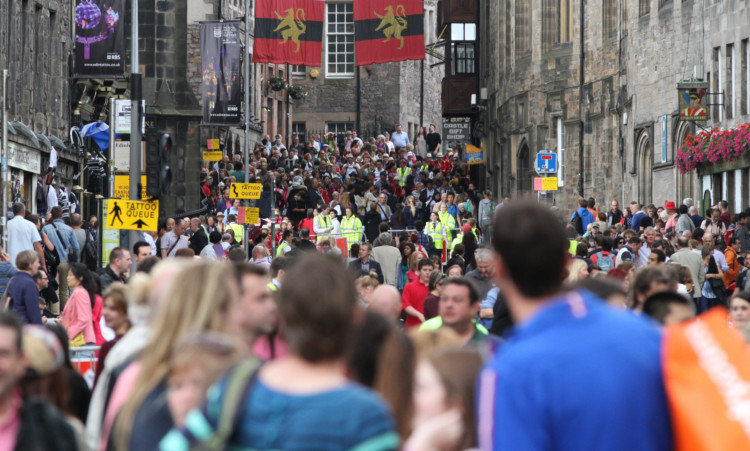
If you are unsure on which way to vote in September’s referendum then you are in good company.
An estimated one million Scots have still to make their minds up on independence and, as the polls tighten, it is these undecided voters who will determine the fate of a nation.
Undecided voters or ‘persuadables’ as the SNP has dubbed them have few common characteristics, but are more likely to be women with little interest in politics.
Referendum strategists on both sides of the campaign point to the Lothians and Tayside as hotbeds of undecided voters but in truth they are everywhere.
And their number is significant given the high turnout that is expected for September’s vote.
Just over four million Scots have registered to vote so far and the Survation poll commissioned by The Sunday Post showed that 74% of Scots would ‘definitely vote’, with a further 17.6% more likely to vote than not.
But on which side of the fence will they fall?
The Scottish electorate has proven to be a sophisticated bunch since devolution.
Scots voters strongly backed Labour in the 2010 General Election, but less than a year later decided the party was not fit to run Holyrood and handed the SNP a crushing victory in the Scottish elections.
But the electorate approach referenda differently to traditional elections, which leads us to one of the critical, yet largely ignored, territories of the referendum.
The so-called ‘unknown’ voters live under the radar of pollsters, focus groups and traditional political canvassing.
Referendum strategists predict as many as 500,000 of these people, who are nearly all from working class areas of Scotland, could vote if there is a high turnout. This makes them a big deal.
But given many of the unknown voters have never been inclined to enter a polling booth in their lives, the campaigns have two challenges getting people registered to vote and then making sure they get out on September 18.
The epitome of this challenge can be seen in the Easterhouse scheme in eastern Glasgow.
The working-class estate had the lowest turnout in Scotland for the 2011 Holyrood elections at just 34.5% and is also where Tory Welfare Secretary Iain Duncan Smith had his ‘road to Damascus’ moment which paved the way for the controversial welfare reforms now being rolled out.
Easterhouse is now at the centre of the referendum ‘ground war’.
The left-leaning Radical Independence Campaign has held a series of mass canvasses in Easterhouse, chapping doors that haven’t been touched by political parties for decades, and they claim they are getting big returns for a Yes vote.
It is the same, according to SNP strategists, in similar areas across the country, from Dundee to Stirling.
Better Together is canvassing in these schemes too, but its message often perceived as ‘more of the same’ is a harder sell in places where hope can be in short supply.
The biggest opportunity for Better Together among unknown voters is with those who have voted before and primarily for Labour.
Persuading these people to get ‘back on board’, as one pro-Union strategist put it, is crucial.
Either way, it is predicted the bulk of the undecided voters will stay that way until just weeks before polling day, meaning there is all to play for in the Yes and No camps.

Enjoy the convenience of having The Sunday Post delivered as a digital ePaper straight to your smartphone, tablet or computer.
Subscribe for only £5.49 a month and enjoy all the benefits of the printed paper as a digital replica.
Subscribe